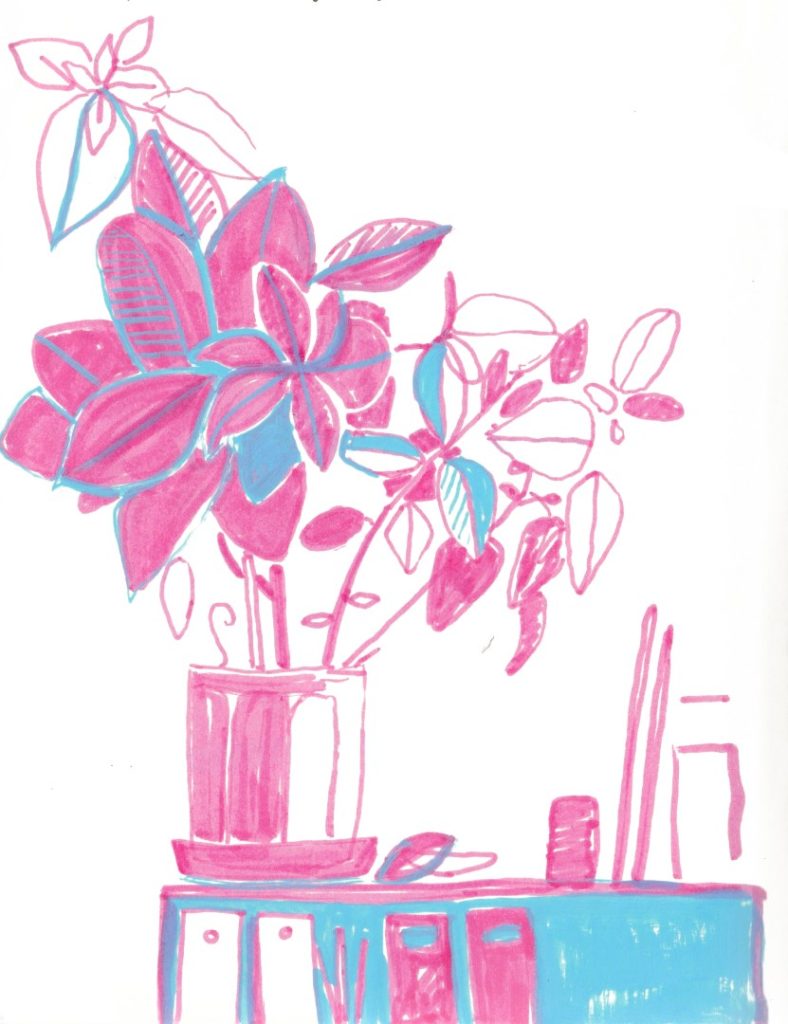
Adopt a plant baby today!
By Michele Provenzano, Staff Writer
Whether it’s due to a desire to connect with nature and its stress-relieving aspects, or simply to achieve the plant-filled home aesthetic, modern people sure have an affinity for green-leafed friends. Houseplants have risen in popularity in the last few years, especially with millennials. There’s most likely a plant mom in your circle of friends.
There are many reasons to have houseplants: they may make you healthier and happier, their greenery is known to promote feelings of relaxation, and furnishing your home with indoor plants is an easy way to bring the soothing effects of nature into your busy, urban life. Additionally, spending time among plants can lower your blood pressure and help you concentrate, according to an article by NBCNews. A study published in The International Journal of Environmental Research and Public Health has also shown that merely looking at photos of greenery can reduce stress.
Houseplants are more than leafy mood-boosters, as NASA research suggests that houseplants can drastically reduce the number of toxins in the air due to the certain compounds they release. Plants are an easy way to potentially boost your overall health.
Seeing as it’s almost winter, you may be wondering if it’s a good time to start your plant collection. Have no fear—there are plenty of plants that even a beginner plant guardian can easily take care of throughout the off-season.
What specific plant varieties would be easiest to start with? Cacti (and all other succulents) are wonderfully low-maintenance options. These plants seldom need to be watered as they’re capable of storing hydration and nutrients. Aside from providing bright light and adequate drainage, these plants basically take care of themselves. The snake plant (another succulent) is another common recommendation for beginners. This plant can grow in sun or partial shade, and it isn’t too picky about watering habits. The Chinese evergreen plant is also extremely adaptable and can thrive in almost any condition. Another recommendation is the Pothos—a trailing plant that can grow up to ten feet. This plant type has many varieties and will survive in many levels of light or lack thereof.
Different types of plants are going to have different needs. I can’t outline the exact care requirements for each specific type of plant—there is plenty of information online for each species—but here are some general plant care tips to remember, especially for the winter season. Plants need food and water, but with much less frequency in the winter as they grow slower during these months. Avoid over-watering: a common winter issue which can lead to root rot. Some succulents are drought tolerant and may not need watering at all. During winter, houseplants may not need to be fed much fertilizer either but be sure to feed once spring comes.
Like most living things, plants like to be warm. As they don’t like cold drafts, houseplants ideally shouldn’t be placed near a doorway or window. Plants also enjoy humidity. If you have a humidifier, place plants in the same room as it. If not, keeping plants in a bathroom or kitchen can provide adequate humidity. Grouping plants together will benefit them, as the water they release can be taken in by the other plants.
The placement of your houseplants is important. During winter, it’s crucial to keep plants in the most well-lit area available. Also, plants shouldn’t be placed next to a heat source such as an oven, fireplace, radiator, or electronic device. Fluctuations in temperature make houseplants unhappy.
If you’re looking to pick up a houseplant or two, a few shops I’d recommend would be GardenWorks at Mandeville in South Burnaby, and Trendybucks in East Vancouver. Good luck taking care of your future plant family!


